SUSTAINABILITY IS POSSIBLE FOR THE SNEAKER INDUSTRY - HOW THOUGH?
[ Story ]
Article
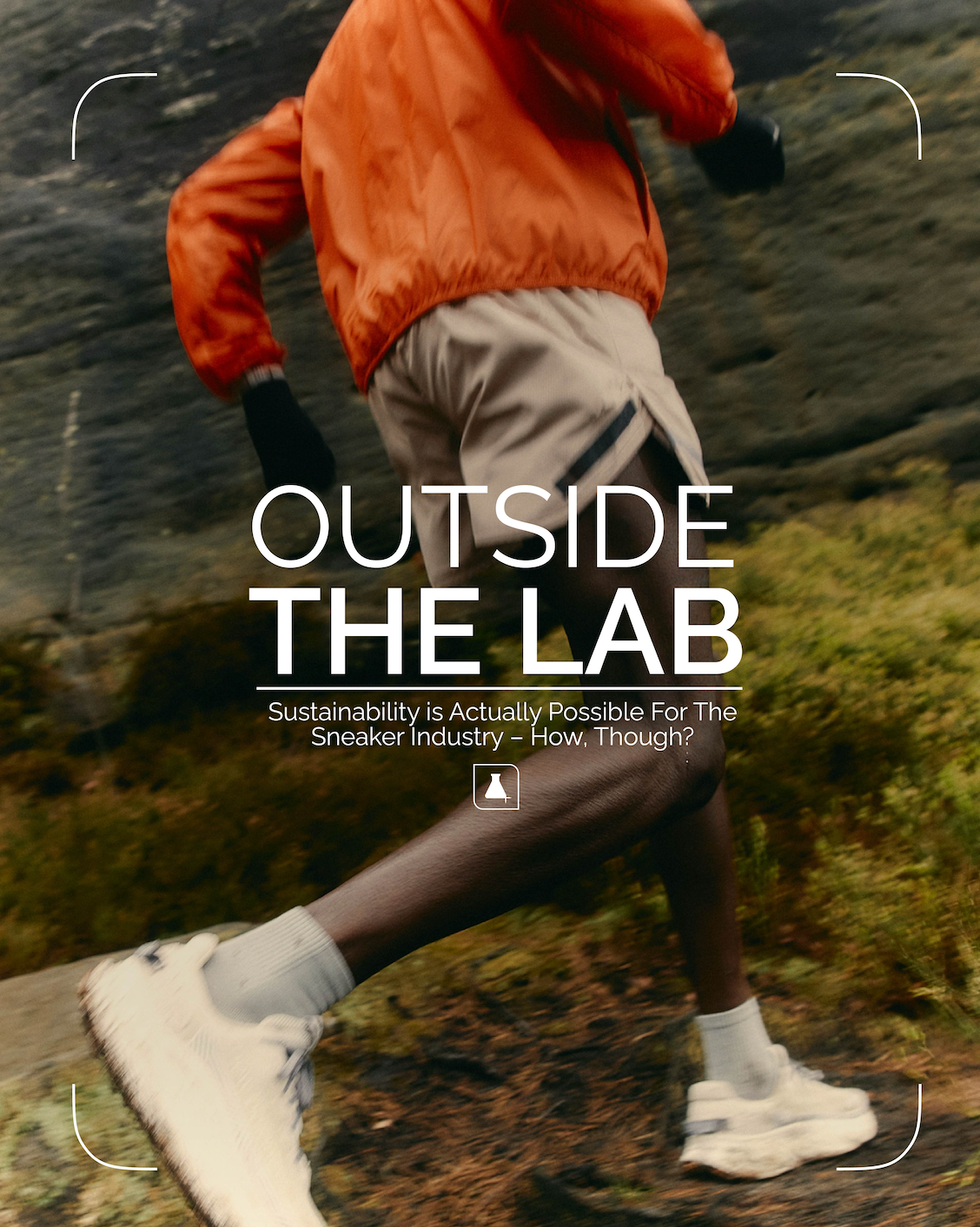
Few industries can count its audience as passionate or hyped as those that deem themselves self-certified sneakerheads. For the last thirty years, sneaker enthusiasts have been driving the growth of the athletic footwear industry in incredible ways — and in the process, they’ve relegated performance shoes to cultural icon status.
They’re a community keeping up with release dates, limited edition collaborations and on the pulse updates, boasting some of the keenest interest in the actual design and engineering behind the products that they purchase, in the fashion space at large. Technical knowledge upper soles, materiality focuses, nuanced colourways and components — these are all details that matter to sneakerheads, and making the community more consciously engaged and aware than most consumers — without even really trying.
They’re a community keeping up with release dates, limited edition collaborations and on the pulse updates, boasting some of the keenest interest in the actual design and engineering behind the products that they purchase, in the fashion space at large. Technical knowledge upper soles, materiality focuses, nuanced colourways and components — these are all details that matter to sneakerheads, and making the community more consciously engaged and aware than most consumers — without even really trying.
So with this passion in mind, and a dedication to their own collections and the deep heritage behind sneaker fandom, the sneaker industry finds itself in a primed position to work closely with their customers to facilitate radical change in the way that sneakers are made, bought and cared for.
If sustainability can become an integrated concern for sneakerheads, as much as the style number or provenance, its suffice to say we could look at true transformation.
Written by Holly Beaton / @hollybellb
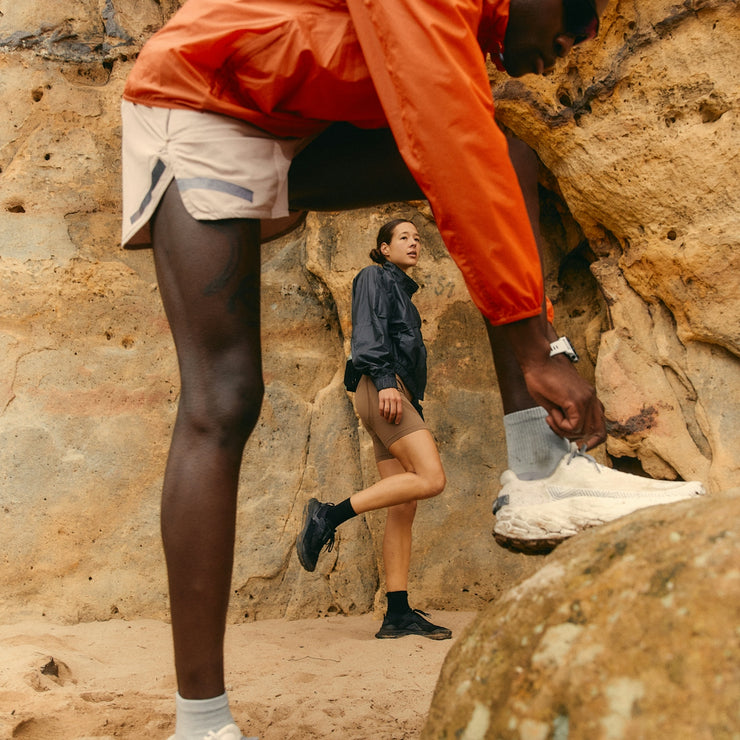

According to a study by Quantis, the footwear industry has a significant environmental impact, requiring about 8,000 litres of water per pair of shoes and using chemicals like adhesives and tanning agents that can contaminate the environment. Additionally, it is a major consumer of energy, contributing to 1.4% of global emissions due to the use of fossil fuels involved in the manufacturing process.
Despite the functional nature of sneakers, their production process remains problematic, due to their exhaustive in-demand nature, with an estimated and staggering figure of 6 billion sneakers being produced every single year. As Sleek Magazine reports, “30 pounds of carbon dioxide is emitted per pair of running shoes manufactured and the energy required to produce said shoes through energy intensive processes – moulding, foaming, heating, binding – could keep a 100 Watt light bulb lit for a week.” The facts are crazy, and yet we’re also talking about one of the most innovative parts of the footwear industry. Brands specialising in sneakers — from adidas to Nike, New Balance to ASICS – are at the very forefront of footwear technology. So, with a little bit more of a push, industry leaders have the opportunity for major recourse – and some have already begun this journey.
Despite the functional nature of sneakers, their production process remains problematic, due to their exhaustive in-demand nature, with an estimated and staggering figure of 6 billion sneakers being produced every single year. As Sleek Magazine reports, “30 pounds of carbon dioxide is emitted per pair of running shoes manufactured and the energy required to produce said shoes through energy intensive processes – moulding, foaming, heating, binding – could keep a 100 Watt light bulb lit for a week.” The facts are crazy, and yet we’re also talking about one of the most innovative parts of the footwear industry. Brands specialising in sneakers — from adidas to Nike, New Balance to ASICS – are at the very forefront of footwear technology. So, with a little bit more of a push, industry leaders have the opportunity for major recourse – and some have already begun this journey.
To establish a sustainable sneaker industry, brands need to be concerned with four distinct phases of a sneaker’s life cycle: design and production, to purchasing and end-of-life. Each phase needs to be concerned with its impact on the next cycle, and as we discussed in our last piece on the Circularity in Fashion — the goal is to close the loop on the life cycle of a sneaker as much as possible, making their production process energy efficient, and their disposal either recyclable, biodegradable, or repairable.
This takes innovation and design-led thinking; and though a tall order, the niche realm of sneaker design is certainly up to the task. Brands are using similar frameworks across the board, reinterpreted through their own lens – piloting sustainable strategies through some interesting projects.
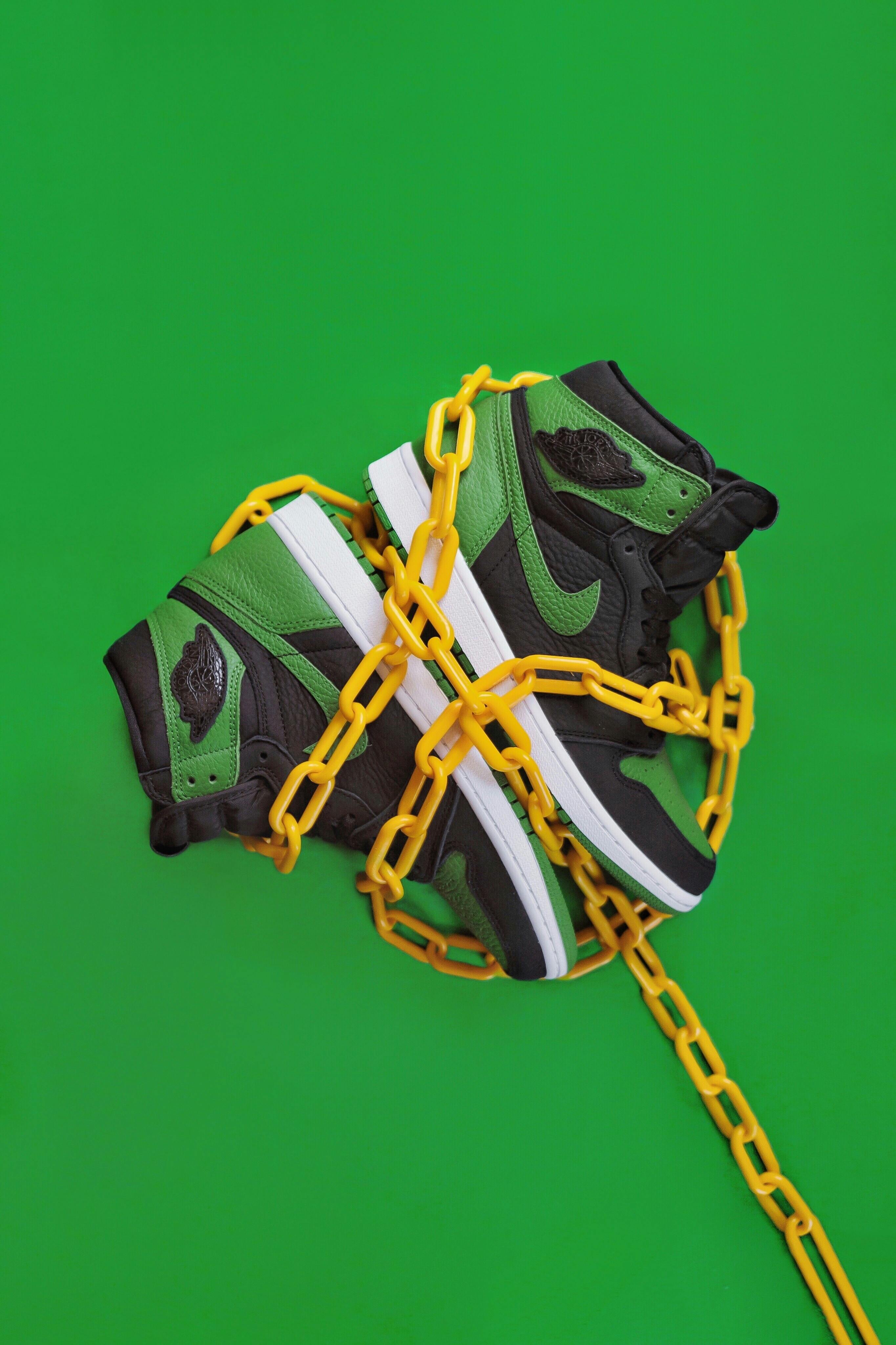
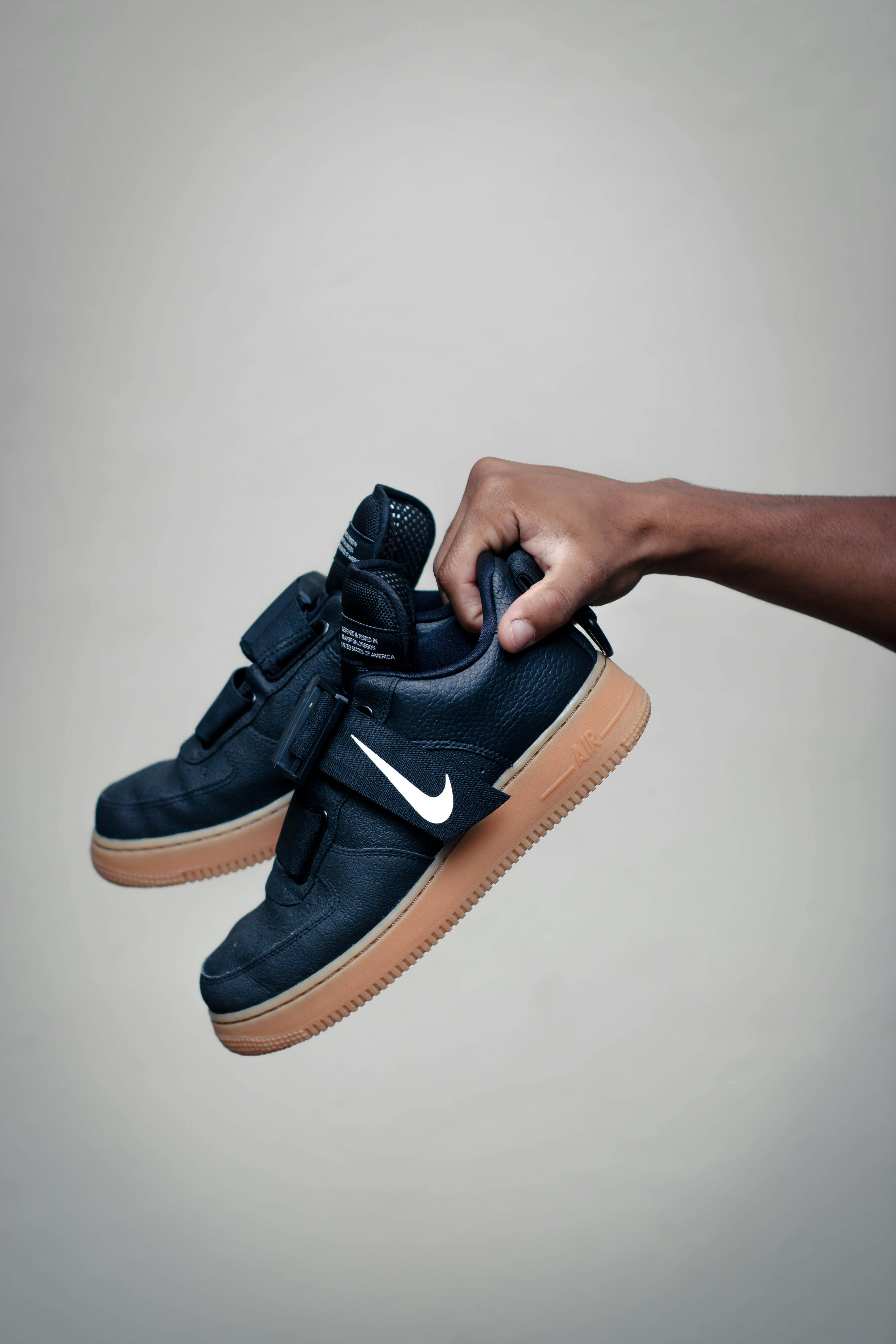
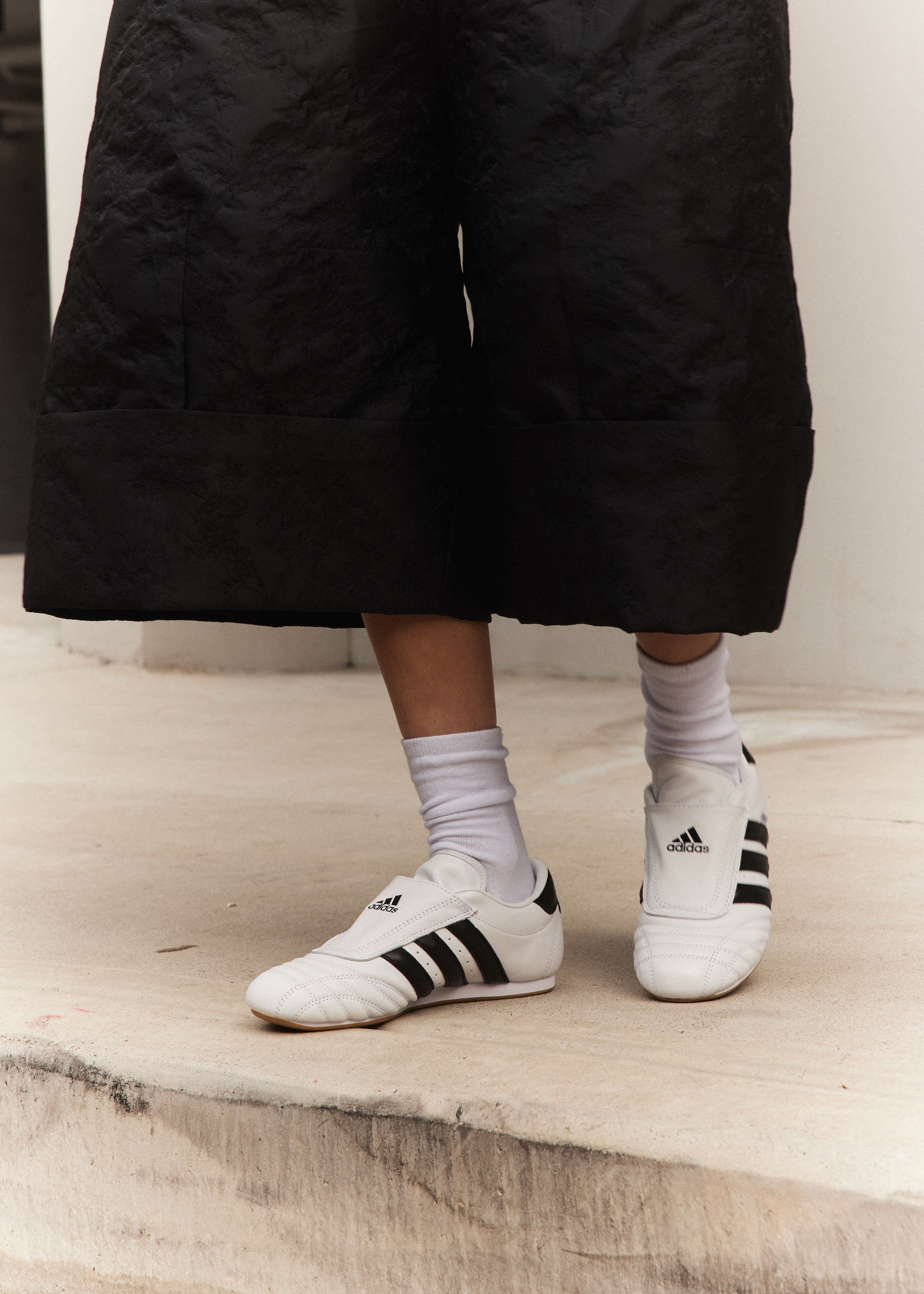

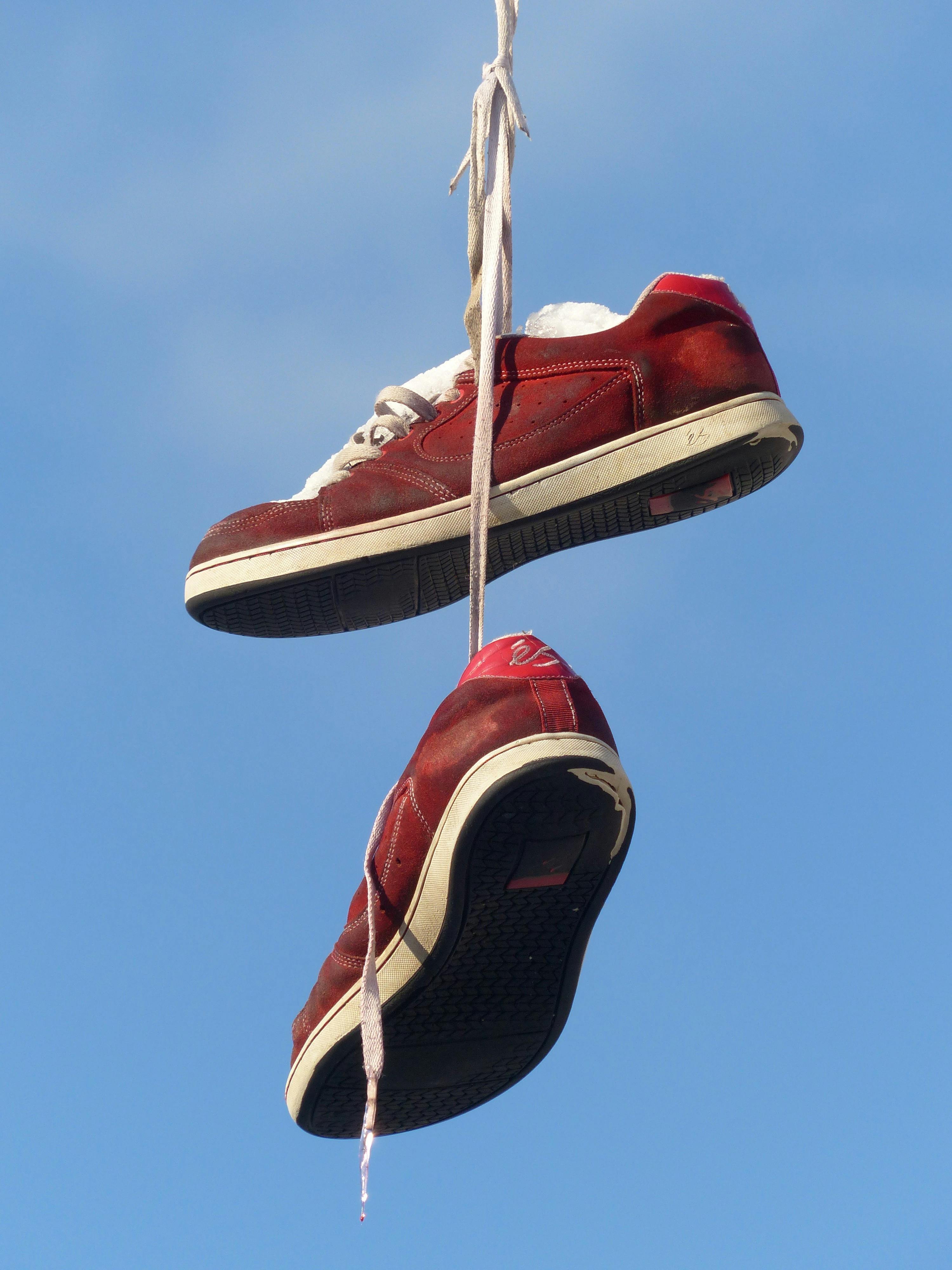
SNEAKER SUSTAINABILITY
Adidas, for example, launched a partnership with Parley in 2023, culminating in the development of a concept shoe made from reclaimed marine waste, derived from ocean plastics like fishing nets – with the Ultra Boost prototype addressing the dire state of our oceans, and acknowledging the fact that “lost and discarded gillnets, known as ghost nets, are responsible for more than 100,000 marine mammal deaths every year.” The partnership is a demonstration of the potential for industry-wide adoption through transparency and commitment to environmental goals, in which problem solving through design can result in positive ripple effects beyond merely sneaker production and into tackling real-time environmental challenges. Adidas’ also have their ‘Made to be Remade’ line that embraces a fully recyclable approach, allowing customers to return worn sneakers to be broken down and remade into new pairs.
Nike's Move to Zero campaign is a further step in the brand’s historic focus on sustainability — with their launch of the Flyknit in 2012 often credited as a turning point in the sneaker industry’s assertion to make changes. Move To Zero is a bold aim for the brand’s zero carbon and zero waste goals, founded on their principle of ‘Bloom Over Doom’ so that we can face the climate crisis with “tenacious optimism, audacious innovation and collective action so we all, and this beautiful blue ball, thrive.” Nike’s sustainability efforts are reinforced through its Recycling + Donation, Refurbish, and Re-creation programs. The Recycling + Donation initiative allows customers to donate gently worn shoes for reuse or recycling into Nike Grind, one of the brand’s inhouse materials used in new products and sports surfaces. The Refurbish program restores slightly imperfect or returned shoes, reselling them at lower prices to promote affordability and waste reduction. The Re-creation initiative upcycles materials from old products to create unique new designs, reducing the need for virgin resources.
Alternatively, Allbirds focuses on natural materials like merino wool and eucalyptus tree fibres, setting a standard for alternative materials use in sneaker production, the possibilities for experimenting with natural fibres in a space that has generally relied on synthetics, and Portuguese sneaker brand SAYE primarily use materials such as organic cotton, recycled plastic bottles, and natural rubber in their production process, with brand also promoting a circular economy through their a take-back scheme, and recycle old shoes. These are just a small handful of changes occurring across the industry.
Nike's Move to Zero campaign is a further step in the brand’s historic focus on sustainability — with their launch of the Flyknit in 2012 often credited as a turning point in the sneaker industry’s assertion to make changes. Move To Zero is a bold aim for the brand’s zero carbon and zero waste goals, founded on their principle of ‘Bloom Over Doom’ so that we can face the climate crisis with “tenacious optimism, audacious innovation and collective action so we all, and this beautiful blue ball, thrive.” Nike’s sustainability efforts are reinforced through its Recycling + Donation, Refurbish, and Re-creation programs. The Recycling + Donation initiative allows customers to donate gently worn shoes for reuse or recycling into Nike Grind, one of the brand’s inhouse materials used in new products and sports surfaces. The Refurbish program restores slightly imperfect or returned shoes, reselling them at lower prices to promote affordability and waste reduction. The Re-creation initiative upcycles materials from old products to create unique new designs, reducing the need for virgin resources.
Alternatively, Allbirds focuses on natural materials like merino wool and eucalyptus tree fibres, setting a standard for alternative materials use in sneaker production, the possibilities for experimenting with natural fibres in a space that has generally relied on synthetics, and Portuguese sneaker brand SAYE primarily use materials such as organic cotton, recycled plastic bottles, and natural rubber in their production process, with brand also promoting a circular economy through their a take-back scheme, and recycle old shoes. These are just a small handful of changes occurring across the industry.
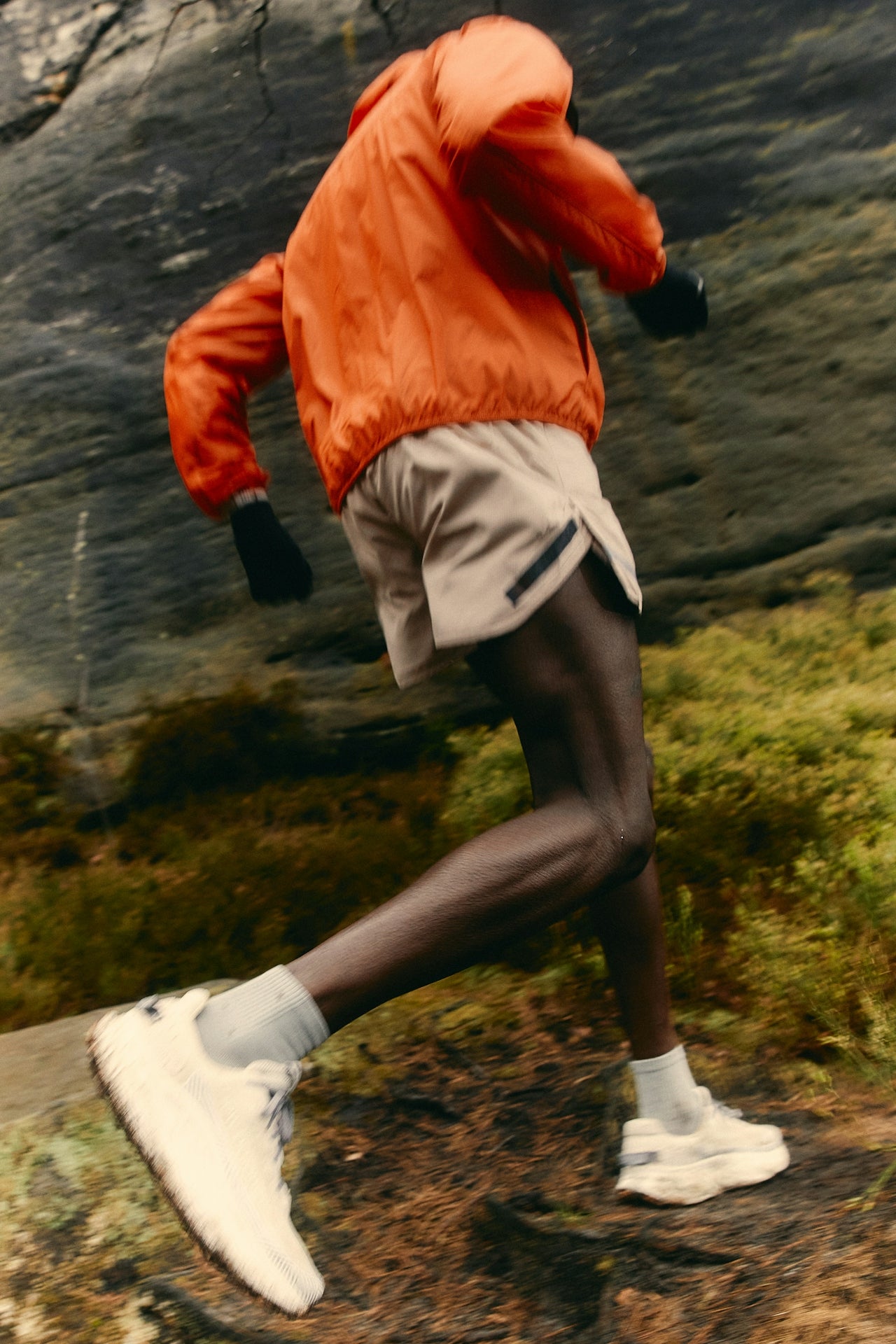
Achieving full sustainability in the sneaker industry is complex but attainable, and these projects are indications of what could be possible. The biggest problem that the industry faces is scalability; and it's important to remember that these initiatives take place in niche corners of a brand’s overall operation, and to achieve widespread impact, these projects have to be scaled and integrated into mainstream production processes. This is where consumer behaviour comes from, and what we’re primarily focused on at Sneaker LAB — with our focus on mindful approaches to caring for our sneakers, we can begin to generate community-led thoughtfulness, in which we demand even more from brands as they push to transform the industry.
We need an industry in which recyclability and disassembly are commonplace, where the materials in our sneakers are more carbon-neutral overall than just on one portion of the shoe; and we need a comprehensive, circular economy model that integrates sustainability throughout the entire lifecycle of the product. This involves designing for easy disassembly, using fully recyclable or biodegradable materials, and implementing efficient recycling systems. The industry has to focus on reducing carbon emissions across all stages of production and supply chain management, ensuring that sustainability is not just an isolated feature but a core principle driving every aspect of sneaker design and manufacturing. Yes, the task is immense, but change happens step by step. We’ll keep pushing — and we hope you will too.
We need an industry in which recyclability and disassembly are commonplace, where the materials in our sneakers are more carbon-neutral overall than just on one portion of the shoe; and we need a comprehensive, circular economy model that integrates sustainability throughout the entire lifecycle of the product. This involves designing for easy disassembly, using fully recyclable or biodegradable materials, and implementing efficient recycling systems. The industry has to focus on reducing carbon emissions across all stages of production and supply chain management, ensuring that sustainability is not just an isolated feature but a core principle driving every aspect of sneaker design and manufacturing. Yes, the task is immense, but change happens step by step. We’ll keep pushing — and we hope you will too.

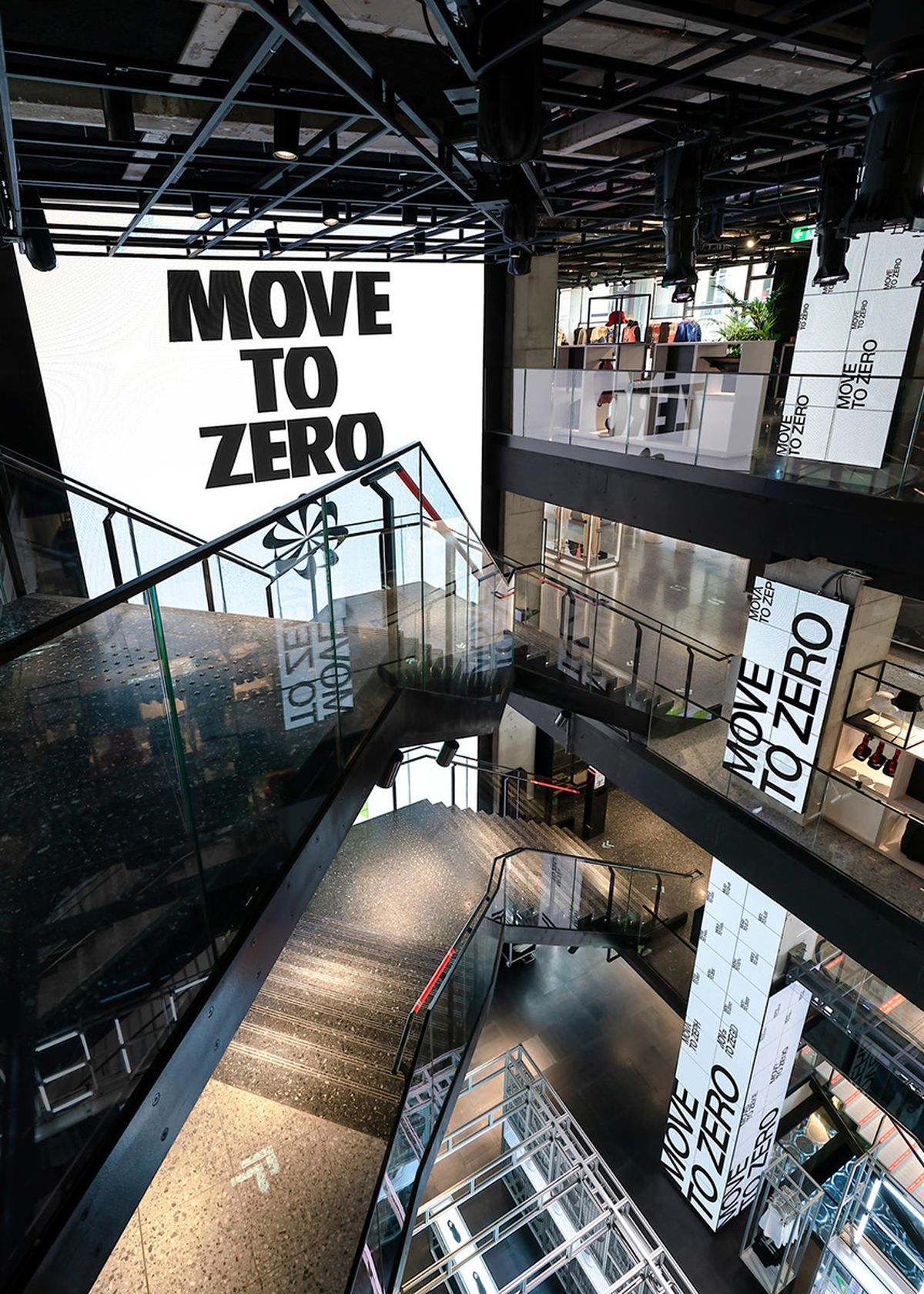
[ Follow ]



